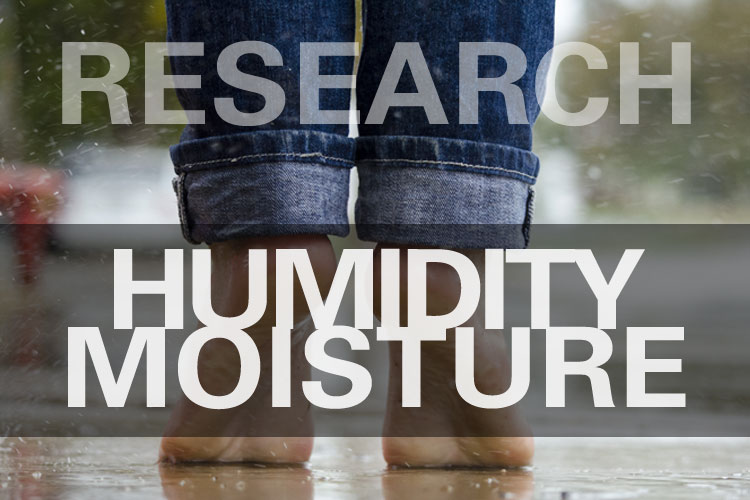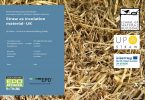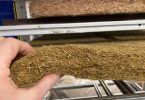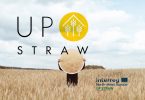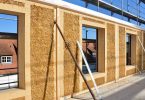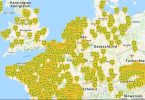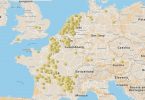
The application of bio-based insulation materials like straw requires a value for its thermal conductivity. It’s a physical property of any material. According to its Greek symbol it’s also called lambda value. Taking into account all lambda values of all materials of a construction and its thicknesses, the thermal insulation of a building is calculated according to ISO 6946:2017 building components and building elements – thermal resistance and thermal transmittance – calculation methods. This calculation became more and more important during the last decades, for it demonstrates the performance of the thermal envelope of a building and thus the savings of heat energy obtained with it.
All bio-based material will degrade, if only conditions are suitable. In that respect, moisture is a key issue, because degradation will most usually not take place within a construction if it is and stays dry. Degradation requires a necessary amount of water in the construction. In order to describe moisture-proof constructions with straw insulation, conditions must be known in which moisture quantities that would provoke degradation do not occur. This has been achieved in ETA 17/247 combining values of building physics.
Author: Benediktinerabtei Plankstetten, Benedikt Kaesberg, 2020

